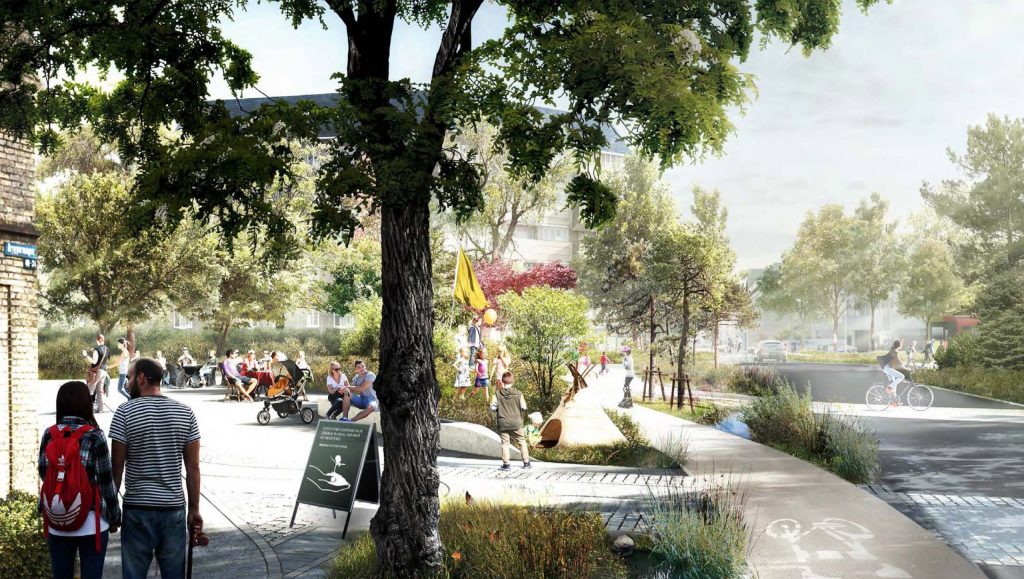Given the impact of urban lifestyles in terms of greenhouse gas emissions and the fact the global urban population is expected to double within the next decades, we need to design and develop sustainable cities both to stay within planetary boundaries and to enable a good life for billions of future urban residents. Today’s sustainability challenges call for new urban solutions which in its turn require experimentation on suitable scales and with multiple stakeholders. This is where urban living labs have a key role to play.
What are Urban Living Labs and how do they work?
Urban living labs are sites devised to design, test and learn from social and technical innovation in real time. They are proliferating across Europe and around the world as a means for testing innovations in many areas – from energy transition to community gardening.
Urban living labs showcase five key characteristics:
- Geographical embeddedness: Urban living labs tend to be placed or embedded in a geographical area.
- Experimentation and learning: Urban living labs test new technologies, solutions and policies in real world conditions in highly visible ways.
- Participation and user involvement: Co-design and engagement with stakeholders often appears in all stages of the urban living labs approach.
- Leadership and ownership: It appears that having a clear leader or owner is crucial for urban living labs, although a delicate balance should exist between steering and controlling.
- Evaluation of actions and impact: Evaluation of tested solutions is used in order to facilitate formalised learning.
Types & Examples of Urban Living Labs
3 configurations of urban living labs can be identified. These can be considered as ideal types that do not fully represent ‘reality’ but capture the essence of different ways to design urban living labs.
Strategic urban living labs are led by government or large private actors, use urban areas as an arena for the pursuit of the interests of other actors, and often operate in the whole city area with multiple projects under one umbrella.
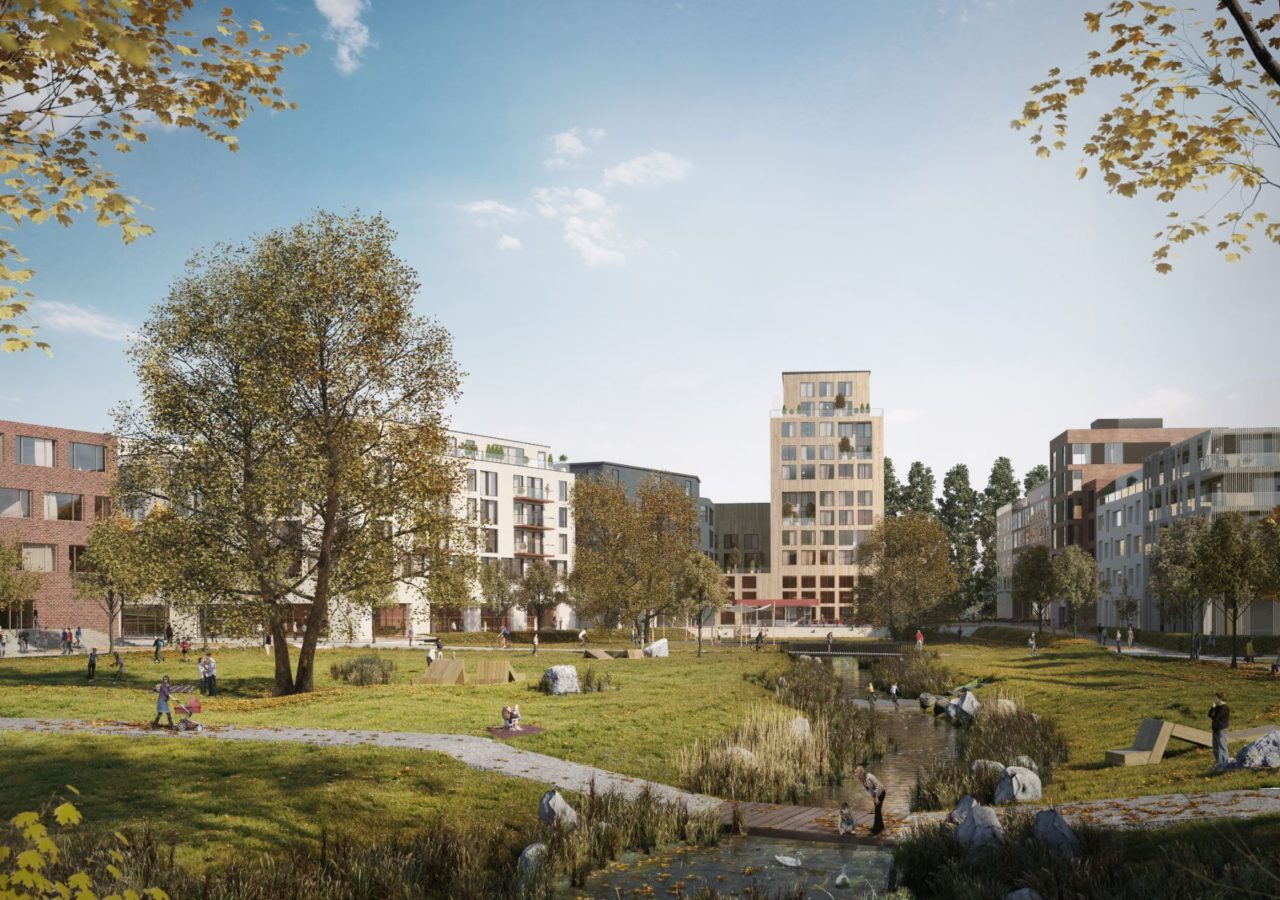
Using the International Buildings Exhibition (IBA) showcase area in Hamburg, Germany, this lab illustrates how urban planners, architects, the public and planners can make creative use of energy savings, energy efficiency and renewable energy potential. In 2015, half of the electricity needs of all buildings on the Elbe islands was produced on site by climate-friendly and renewable energy, whereas by 2025 the entire electricity supply of the buildings will be produced on site. The coverage of the heat demand is aimed for by 2050.
Civic urban living labs are led by urban actors such as universities, cities and urban developers, focus on economic and sustainable urban development, are represented by either stand-alone projects or city-districts, and often have co-funding as central part of a partnership model.
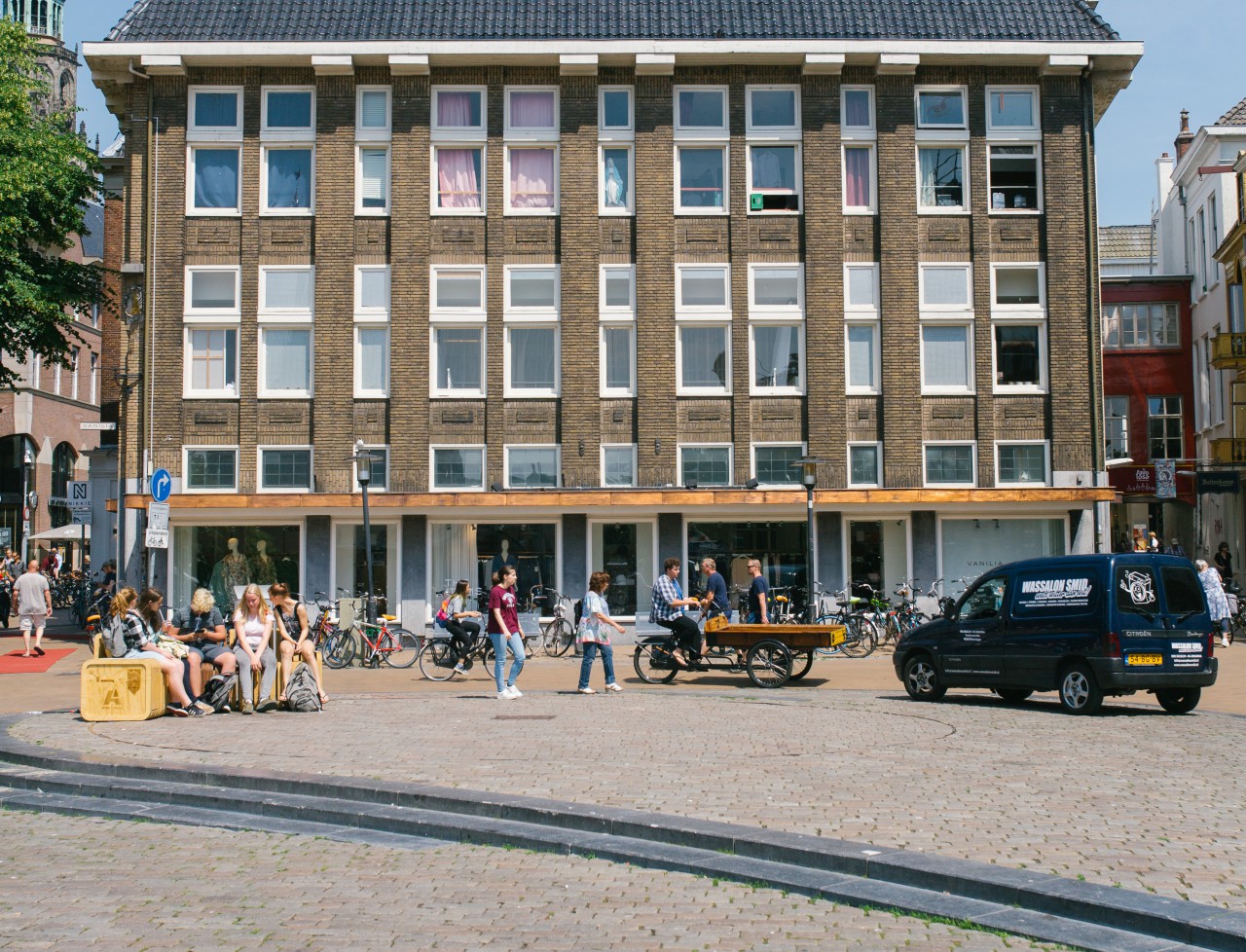
Urban.Gro.Lab is a creative breeding ground in the city of Groningen, the Netherlands. It is an initiative of the Municipality of Groningen and the Department of Planning of the University of Groningen. The city of Groningen is used by this civic urban living lab as a ‘testing ground’ for high quality applied research that focuses on current spatial and societal issues. This lab wants to be a source of knowledge and inspiration for the livable city of the future where science and practice are intertwined in a dynamic urban experiment.
Grassroots urban living labs are led by urban actors in civil society or not for profit actors, focus on a broad agenda of well-being and economy, often host micro-projects or single issue projects and have limited budgets.
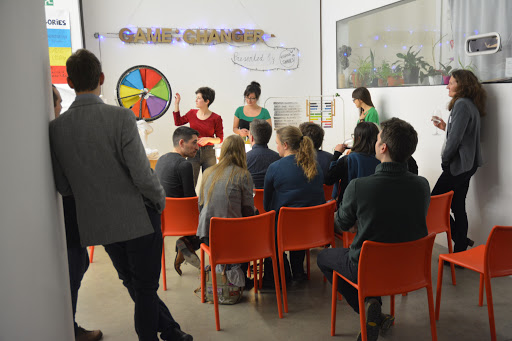
VIENNA SHARES is a non-profit organisation in Vienna, founded in 2014. Vienna Shares sets out to bring people together and contribute to a sustainable city. By creating a space for sharing and exchanging on a local level, this grassroots living lab aims to reduce waste and strengthen the community of Vienna.
When and Why to Develop Urban Living Labs?
As the examples point out, there are multiple reasons to develop or engage in urban living labs.
First, they connect various stakeholders who complement each other with a diversity of competences, human knowledge and skills, financial resources, and political influence. Urban living labs can thus become means to successfully pursue ambitious goals collectively.
Second, urban living labs make sustainable innovations highly visible and usable in practice since they test the innovations in real settings, and hence they can accelerate the adoption of innovative solutions.
Third, they transform city governance as they test sustainable innovations by providing platforms for knowledge co-production. Government, industry, the public and academia work together to generate innovative solutions.
Fourth, for actors trying to establish themselves as innovation leaders in the field of sustainability and smart technologies, urban living labs can help to both attract public attention and secure funding.
Fifth, they are a means through which new communities of practice with shared goals can be brought together, developing social networks and visions for urban futures.
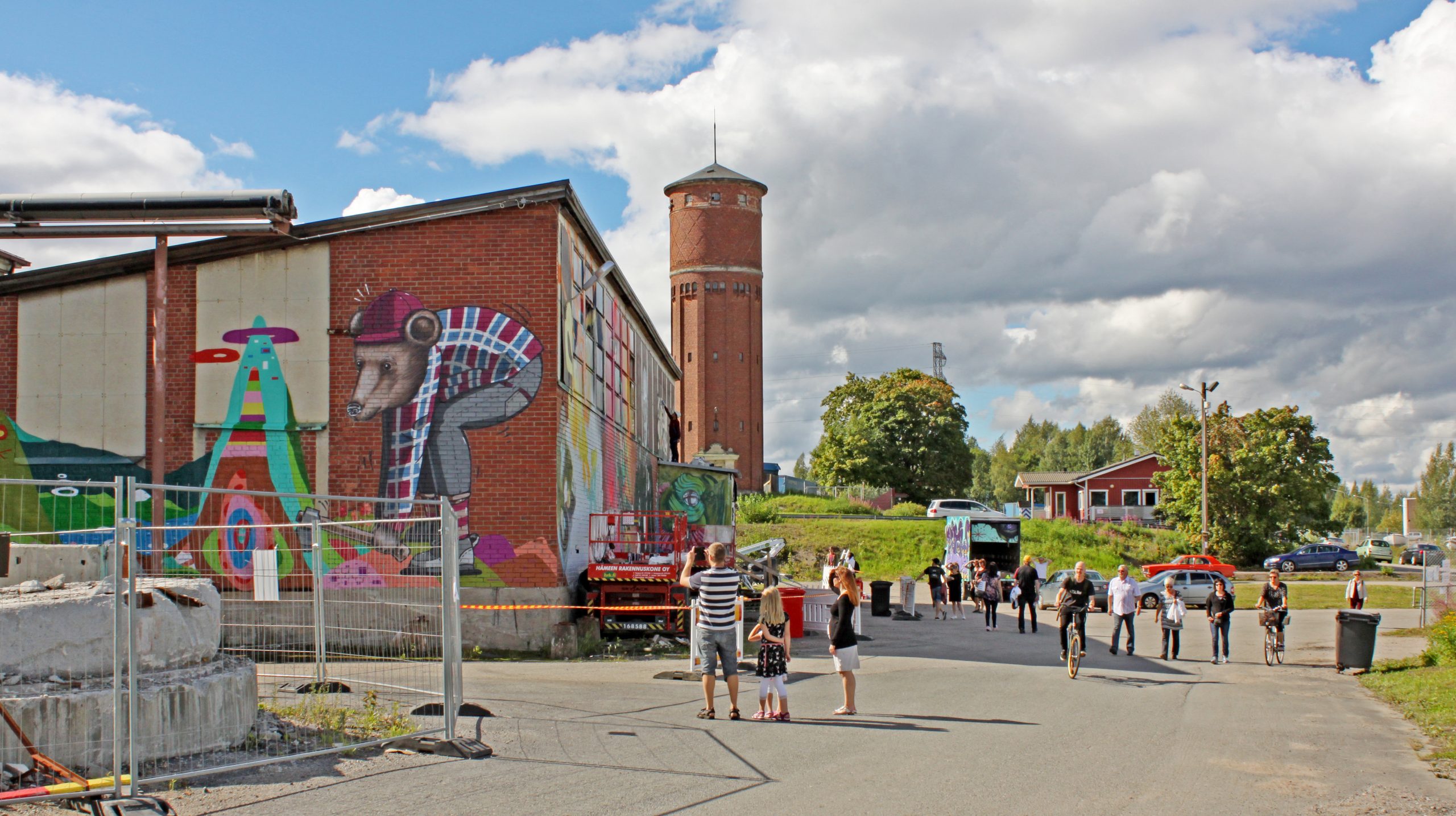
Doing it the right way
It’s clear how urban living labs can provide economic prosperity and social cohesion while achieving environmental sustainability. However, their ability to actually contribute to these objectives depends on three aspects.
First of all, all the dimensions relevant for the design, operation and evaluation of urban living labs, such as a shared vision, key deliverables agreed upon by all stakeholders, financing and evaluation methods need to be considered (a helpful checklist with guiding questions can be found here).
Second, urban living labs are not to be confused with ‘demonstration’. Instead, their trial and innovation co-creation aspects and objectives as well as the mutual learning and re-configuration among all directly involved actors should be emphasized.
Finally, it is important to have a clear idea of how the learning produced by urban living labs can be incorporated into broader activities, policies or strategies in order to scale up impacts and transform practice.
With a conscious, coordinated effort to properly design and execute them, urban living labs have a huge potential to lead us to the sustainable and enjoyable cities of tomorrow.
Featured Image Source: Foresight – Climate & Energy
Text References: UNaLab, University of Lund, IBA Hamburg, Urban.Gro.Lab, VIENNA SHARES

